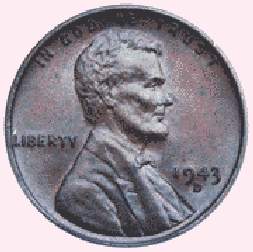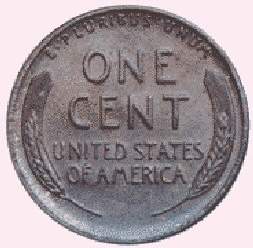 |
 |
|
Free DHTML scripts provided by Dynamic Drive |
the coin's engraver is American Indian Randy'L He-dow Teton. Sacagwea was a guide on the Lewis and Clark Expedition as they explored the Louisianna Purchase which doubled the size of America at the time. Notice on the reverse image of the coin that there are 17 stars surrounding the American Bald Eagle and not the usual 13 stars (one for each of the original 13 colonies). At the time of the Lewis and Clark expedition in 1804, there were 17 States in the Union. |
 |
 |
| The above javascripts
come FREE from Dynamic Drive . Although it
appears to be 'just' a scrollable frame, it's
really a bit more. In HTML, the "FRAME" feature works only in Internet
Explorer. Other browsers may not support it. This javascript bridges
the incompatibility and makes this 'scrollable frame' also viewable in
Mozilla, Mozilla's FIREFOX 1.x, and Opera 7.x browsers.
It's a work in progress, -and it degrades throughout other platforms and/or browser versions (such as Netscape 4.x). Most recent update; April 6th, 2005 Design © 2004/2005, and built by Joel A. Burdick, Web Developer / Web Designer |